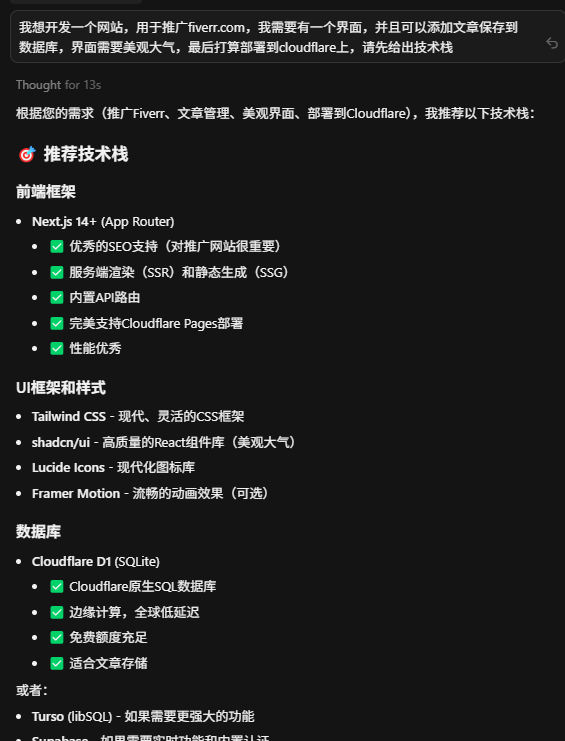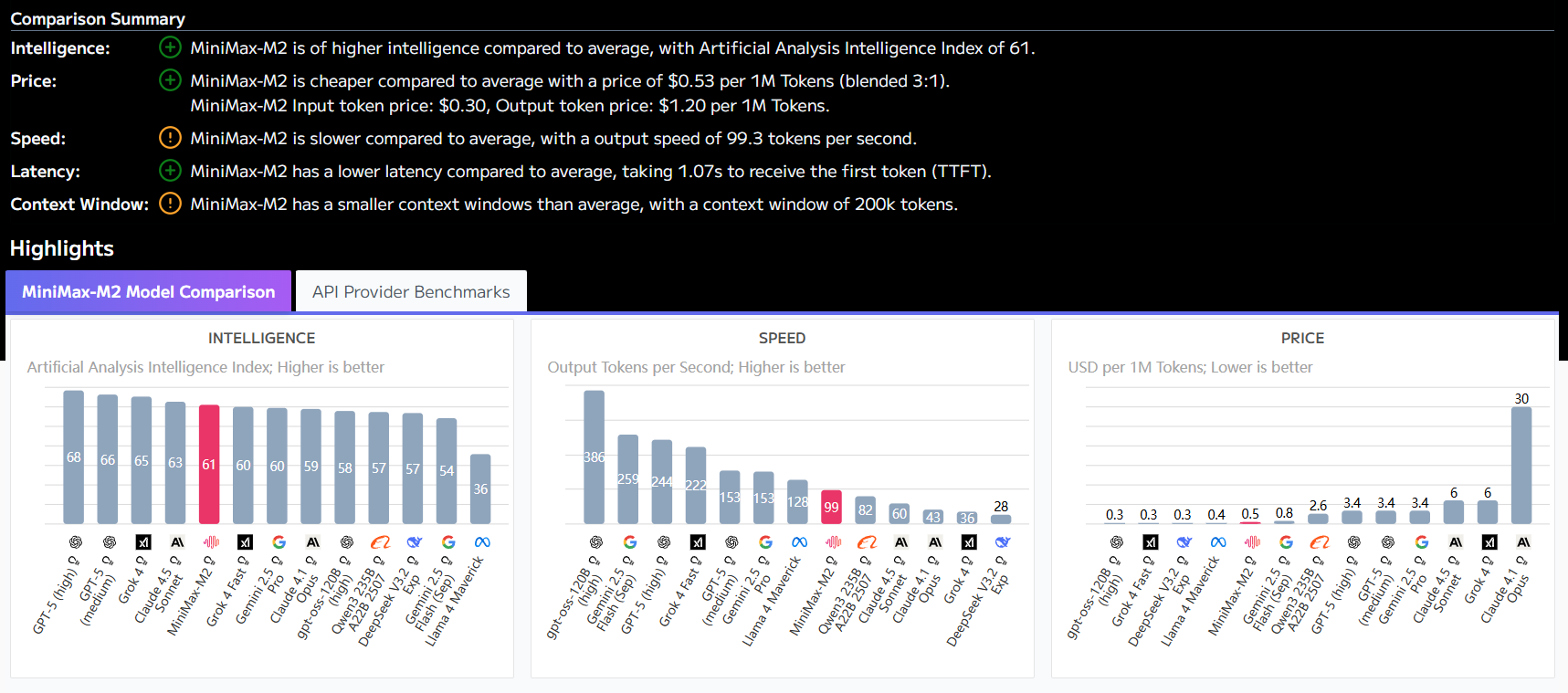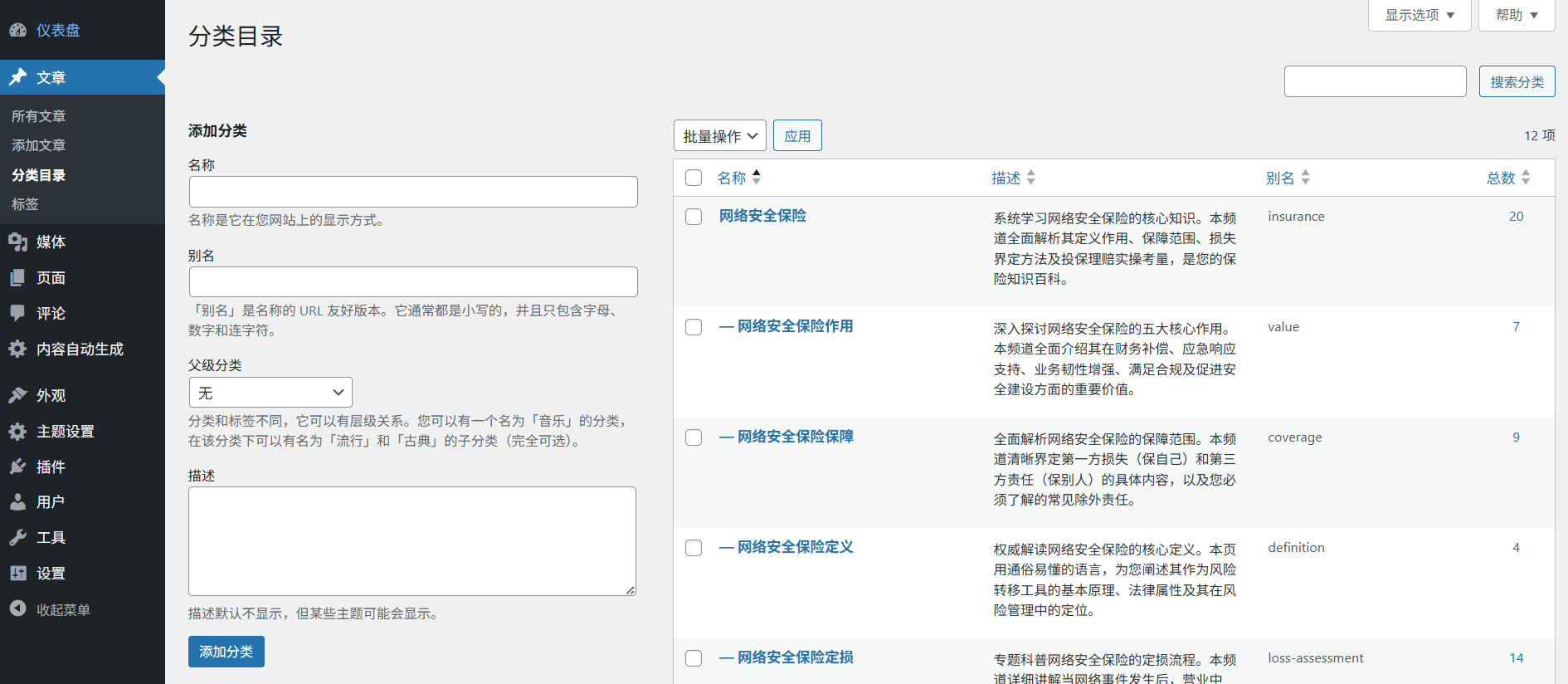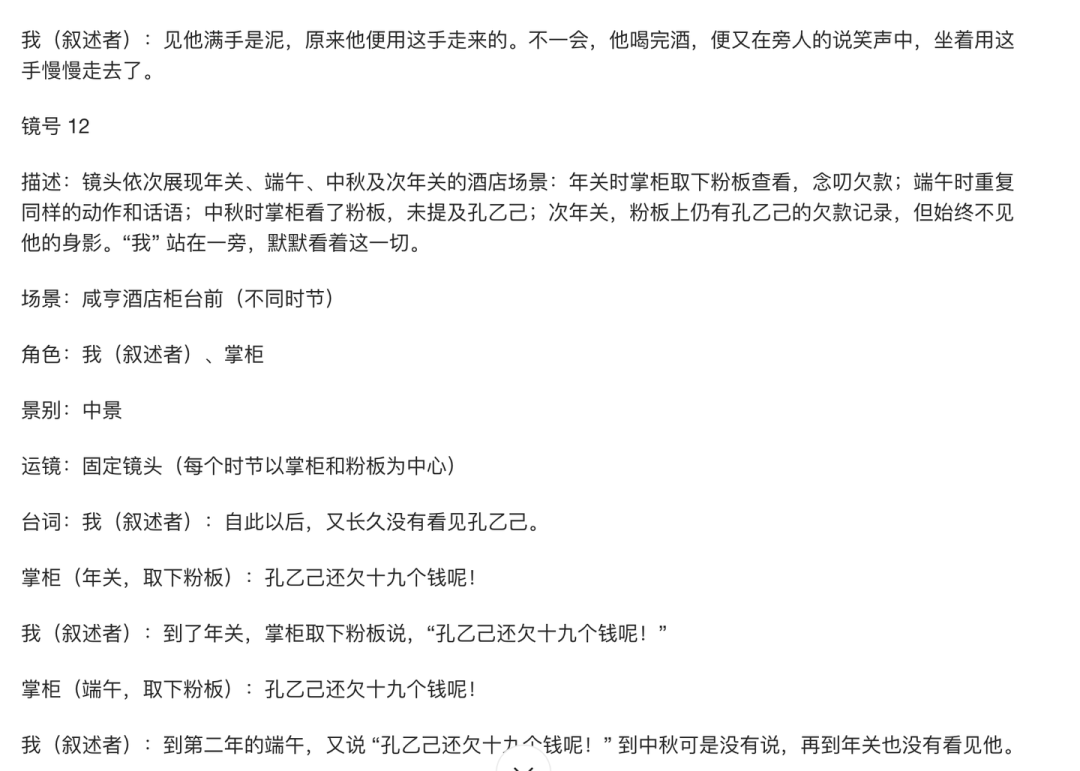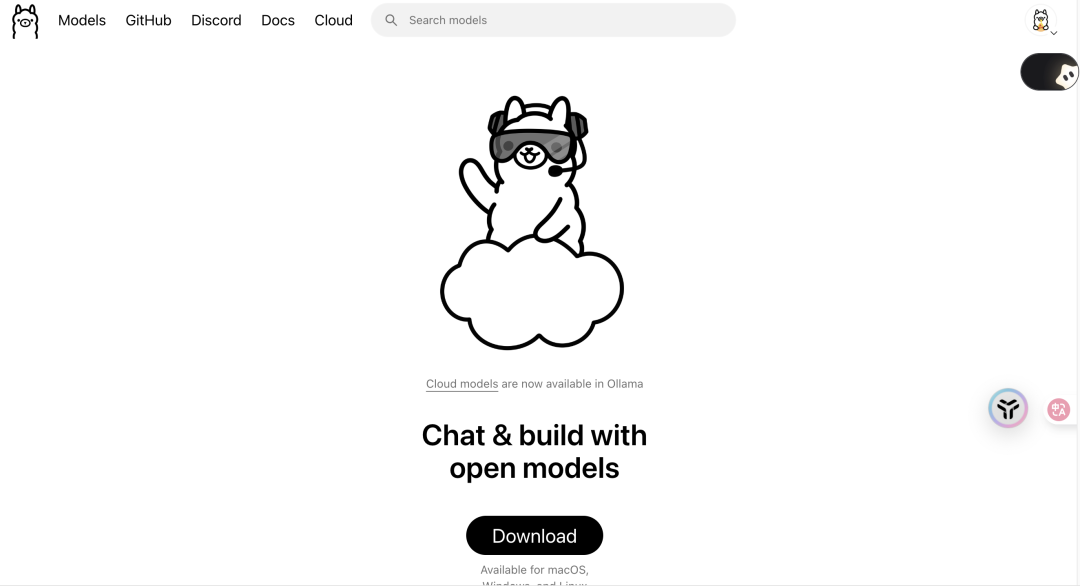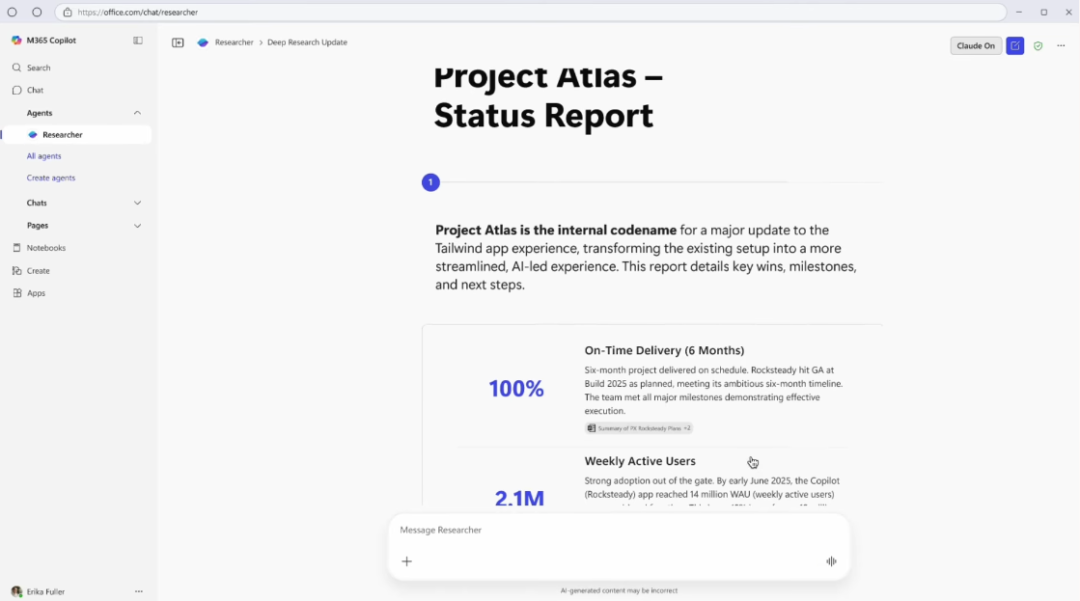Multi-dimensional performance evaluation system construction method
A tiered assessment strategy is recommended:
- Monitoring of basic indicators::
1. Use the built-in -report parameter to generate standardized evaluation reports (with resolution rates, number of API calls, etc.)
2. Tracking the correlation between the number of rounds of evolution of a single task and the quality of the final program - In-depth quality analysis::
1. Static analysis of generated code solutions (complexity, maintainability scores)
2. Quality gating using tools such as SonarQube - Comparative Experimental Design::
1. Compare the differences between SE-Agent and traditional prompt engineering on the same tasks.
2. Verification of the effect of different evolutionary operators through A/B testing
SWE-bench benchmarks show that the SE-Agent's outstanding advantages are reflected in:
- Cross-task generalization capability (to address 80% verified)
- Program implementability rate (92.31 TP3T of generated programs pass the test directly)
- Iterative efficiency (average of 3.2 rounds of evolution to optimization)
It is recommended that teams create customized assessment matrices that focus on tracking core metrics relevant to the business.
This answer comes from the articleSE-Agent: a framework for self-optimizing AI intelligencesThe












